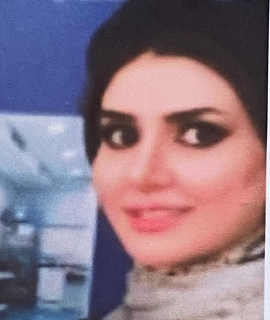Title : Biodistribution and targeting specificity of liposomal agents encapsulated radiopharmaceutical 99mTc-tetrofosmin
Abstract:
Drug transportation to and retention within mitochondria (negative membrane potential) requires the passage of drugs through tissue, plasma membranes, and mitochondrial membranes. However, at equilibrium, cationic drug-delivery liposomes are sequestered within mitochondria and fixed intracellularly as long as the cell membrane integrity is maintained and the flow of nutrients through the blood persists. Thus, drug-delivery liposomes can preferentially locate tissues with mitochondrial dysfunction in the heart or brain, which is beneficial in perfusion imaging. Since 99mTc tetrofosmin is lipophilic, after intravenous injection, it diffuses passively through the cell membrane and is actively retained due to the presence of intact mitochondria, reflecting the presence of viable cells. In nuclear medicine, 99mTc-tetrofosmin is used to assess myocardial perfusion in ischemia and infarction. However, one of the main pitfalls associated with its use is extracardiac activity, which can lead to misleading by obscuring the targeted organ. Due to their enhanced permeability and retention (EPR), liposomal nano-vesicles, when used as a novel drug delivery system, offer the benefit of accumulating in the myocardium and cancerous tissues. Furthermore, liposomes are of different sizes, so they can target red blood cells to provide exact and pure cardiac quantification. This test aimed to reduce the toxicity as well as enhance the targeted organ or tissue uptake. A preclinical toxicity test was conducted using rat myocardium (H9C2) cells, the SRB assay. A gamma camera scanning was also used to trace the radiopharmaceutical biodistribution. It was observed that by encapsulating the radiotracer within the liposomes, the toxicity effect was reduced at higher doses and made negligible at the regularly used dose.
- Audience will be able to understand the factors that affect the radiopharmaceutical encapsulation, uptake and the biodistribution that enhance image quality with better target-to-non target-ratio in nuclear medicine.
- Also they will be able to distinguish the effectiveness of delivery of drugs via liposomes in diagnostics or therapeutics.


